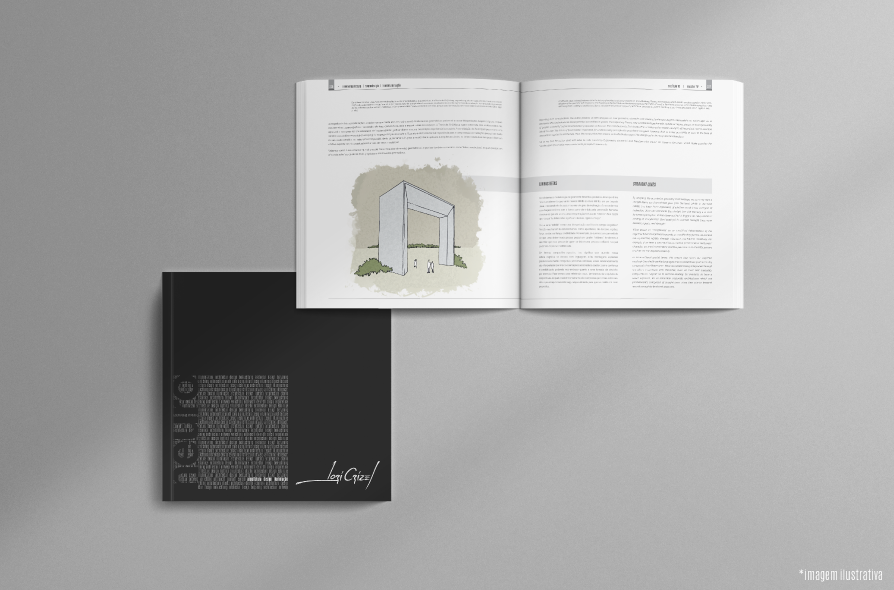17 October 2020 Neuroarchitecture | Neurodesign | Neurolighting

by Lorí Crízel
In my more than two decades of dedication to Architecture, I have tried to keep myself updated on the evolution of the projectual act, aiming to check the desired results for the projects I sign, as well as to contribute to the education of professionals dedicated to the courses and the lectures I minister. Neuroarchitecture has been a guide for my work because it represents the most faithful way to deliver qualified and positive experiences to users of the designed environments.
Faced with this perception, both in practice and in the scientific discoveries about neuroarchitecture, I chose to gather in an unprecedented work the knowledge acquired in my trajectory as an architect and teacher. I am pleased to publish the book that has been a goal of content sharing, organized in a light, objective, and easy to apply way to better elucidate the way of projecting through the aspect of neuroscience applied to architecture.
Some characteristics stemming from the use of neuroarchitecture:
- Perception-oriented projects;
- Assertive delivery of experiences;
- Sensory invitations to the users’ cognitive field;
- Promotion of experiences and emotional memories.
What to expect from this book on neuroarchitecture?
In order to present all the different areas that dialogue with neuroarchitecture in a complete and grounded way, I have invited distinguished professionals who are divided between market performance and constant scientific updating so that they can present, from the perspective of their own areas, how the human cognition is impacted by architecture.
An important starting point for understanding neuroarchitecture is to know that, through choices made in the outlining of the project, it is possible to print invitations to sensations and to awaken users’ experiences in spaces. When understanding the human component as a fundamental part of the project, the architect/designer/lighting designer starts to do a project while appropriating discoveries made about human cognition, benefiting from these attributes to reach a differentiated design level.
Therefore, it is essential to provide the multidisciplinary aspect to this work so that we can establish a complete view of the human element. To do so, I still count on the participation of neuroscientists, architects, visual merchandisers, and psychologists who add their knowledge in the construction of this content.
Follow the portal and my social networks about the publishing of this book. Let us evolve together within this new way of thinking about the projectual act.




